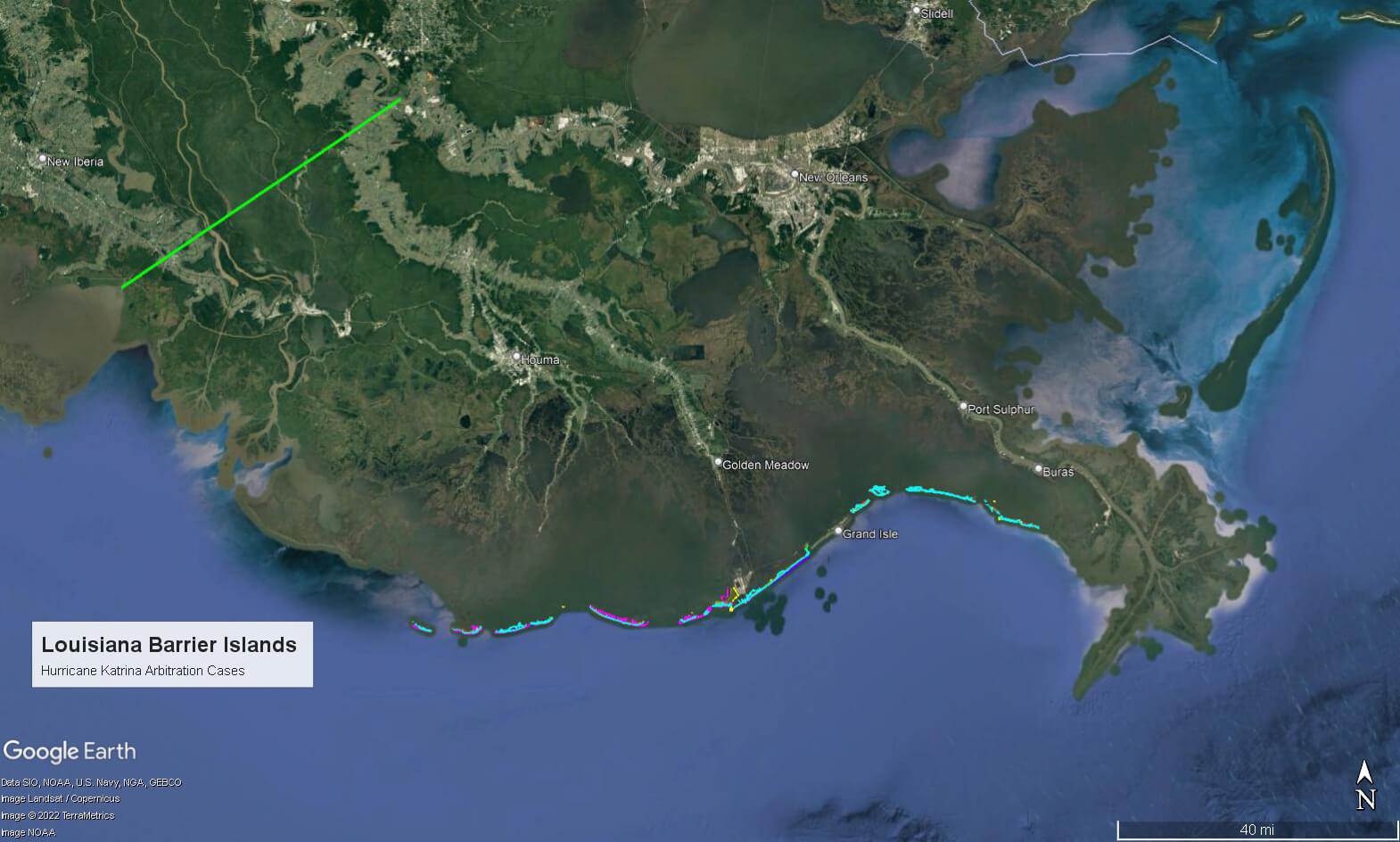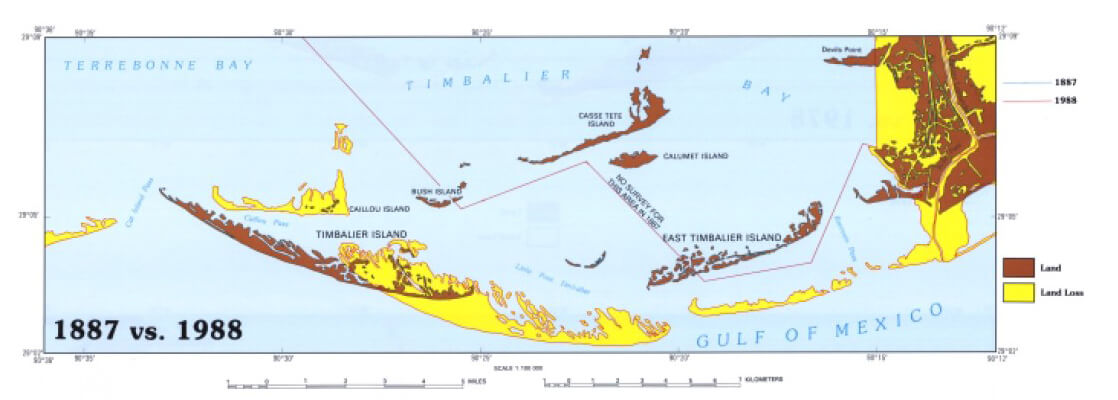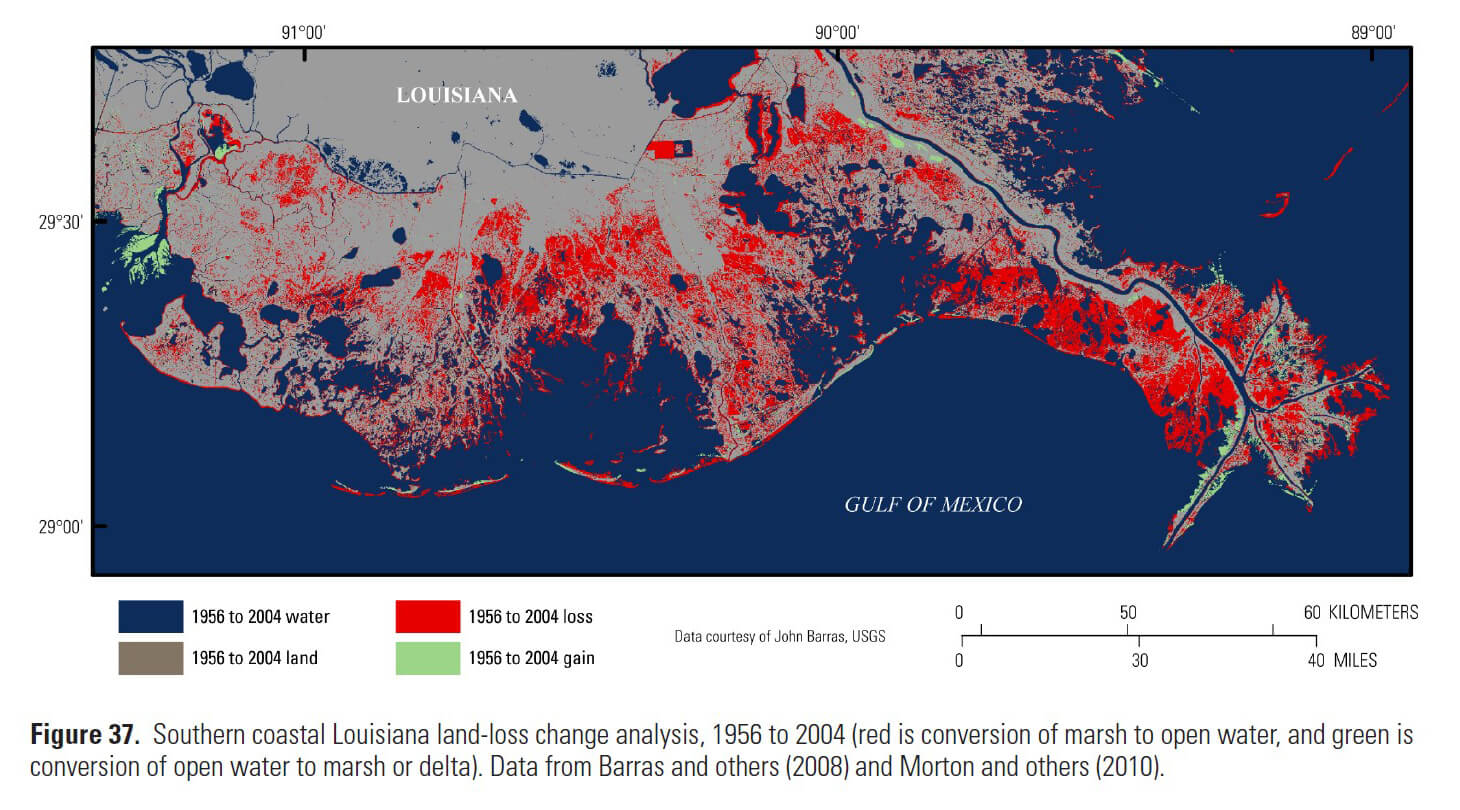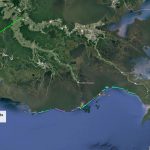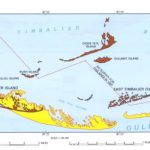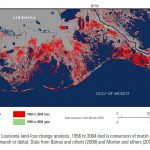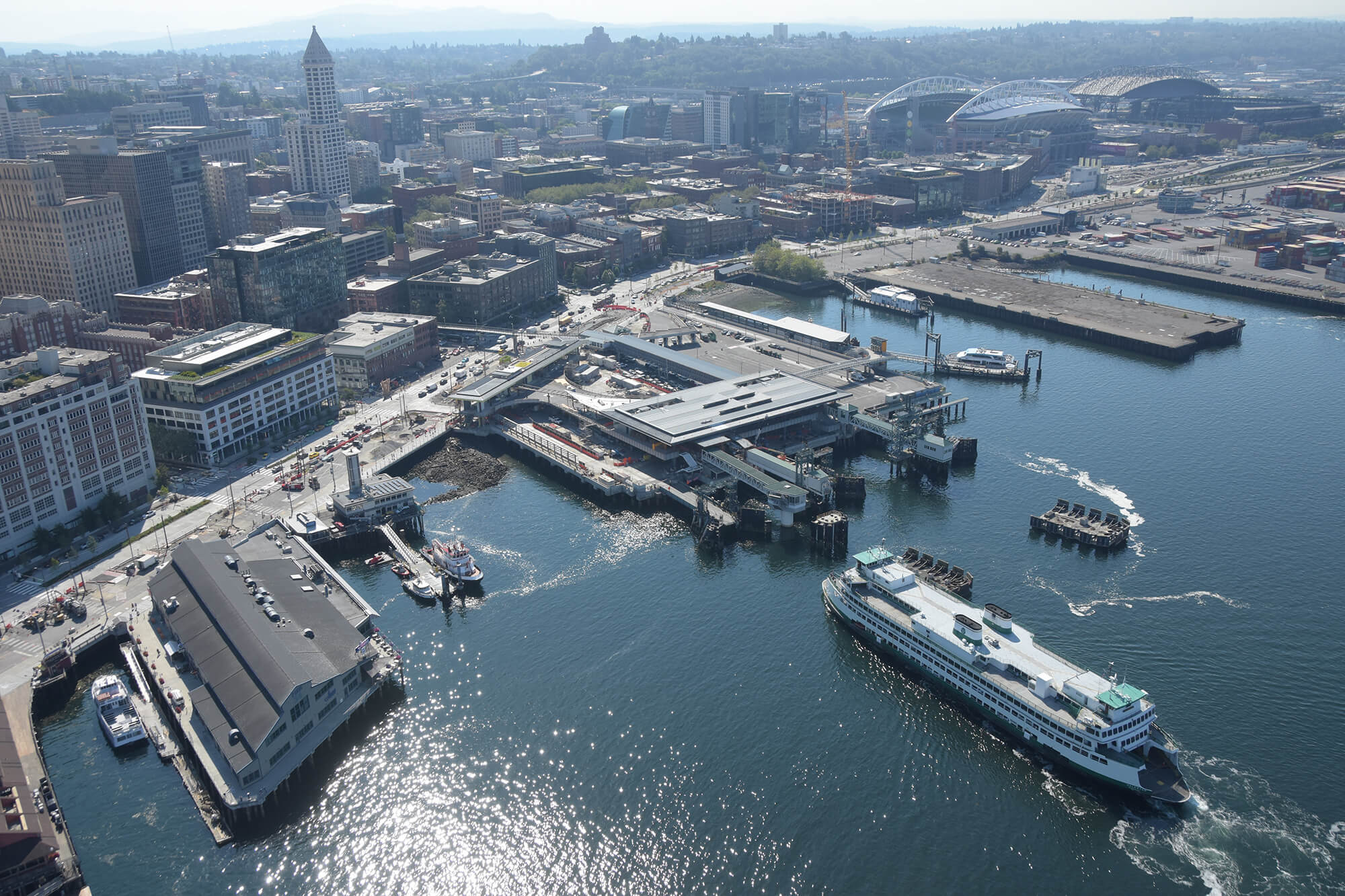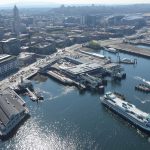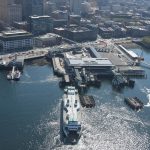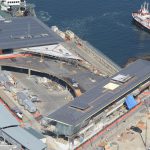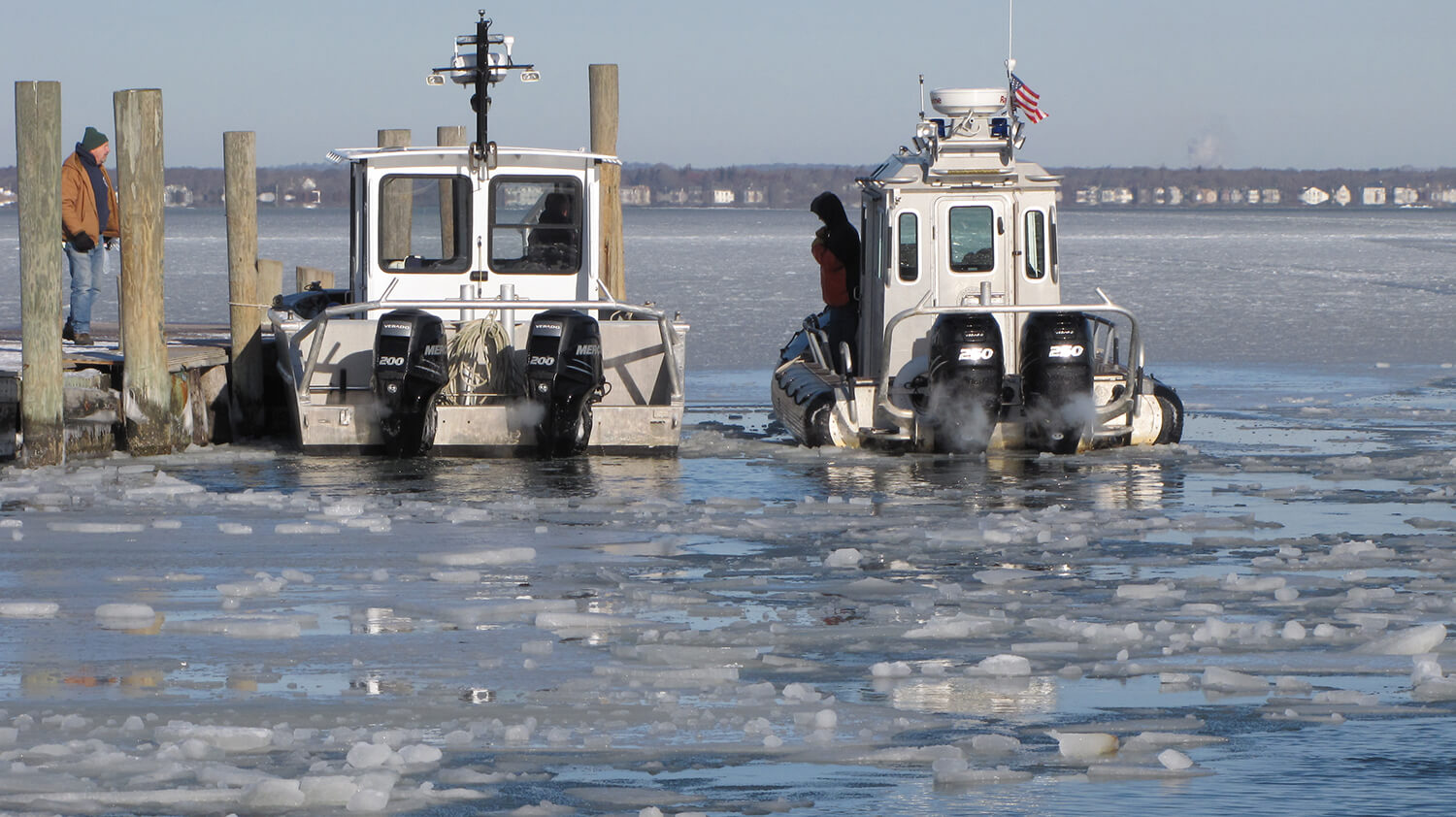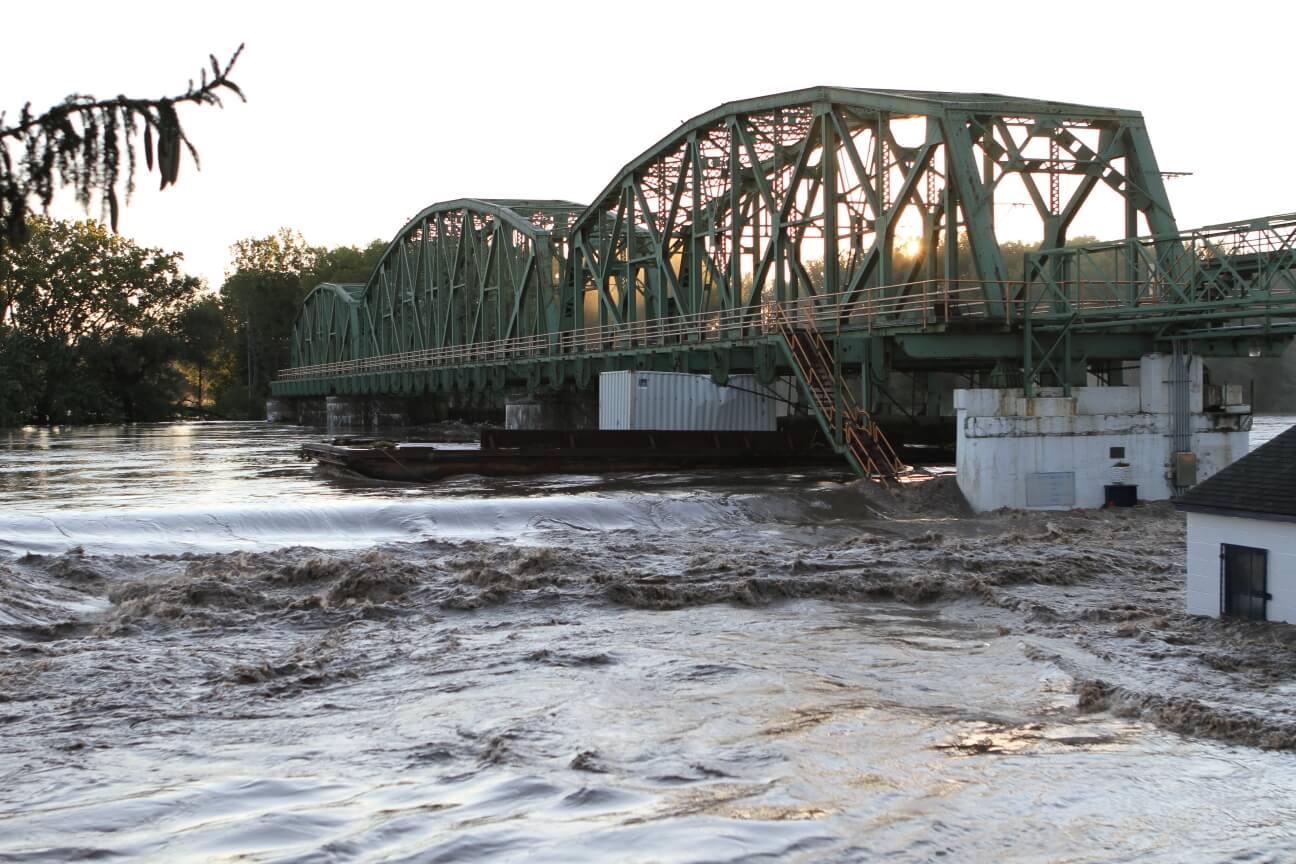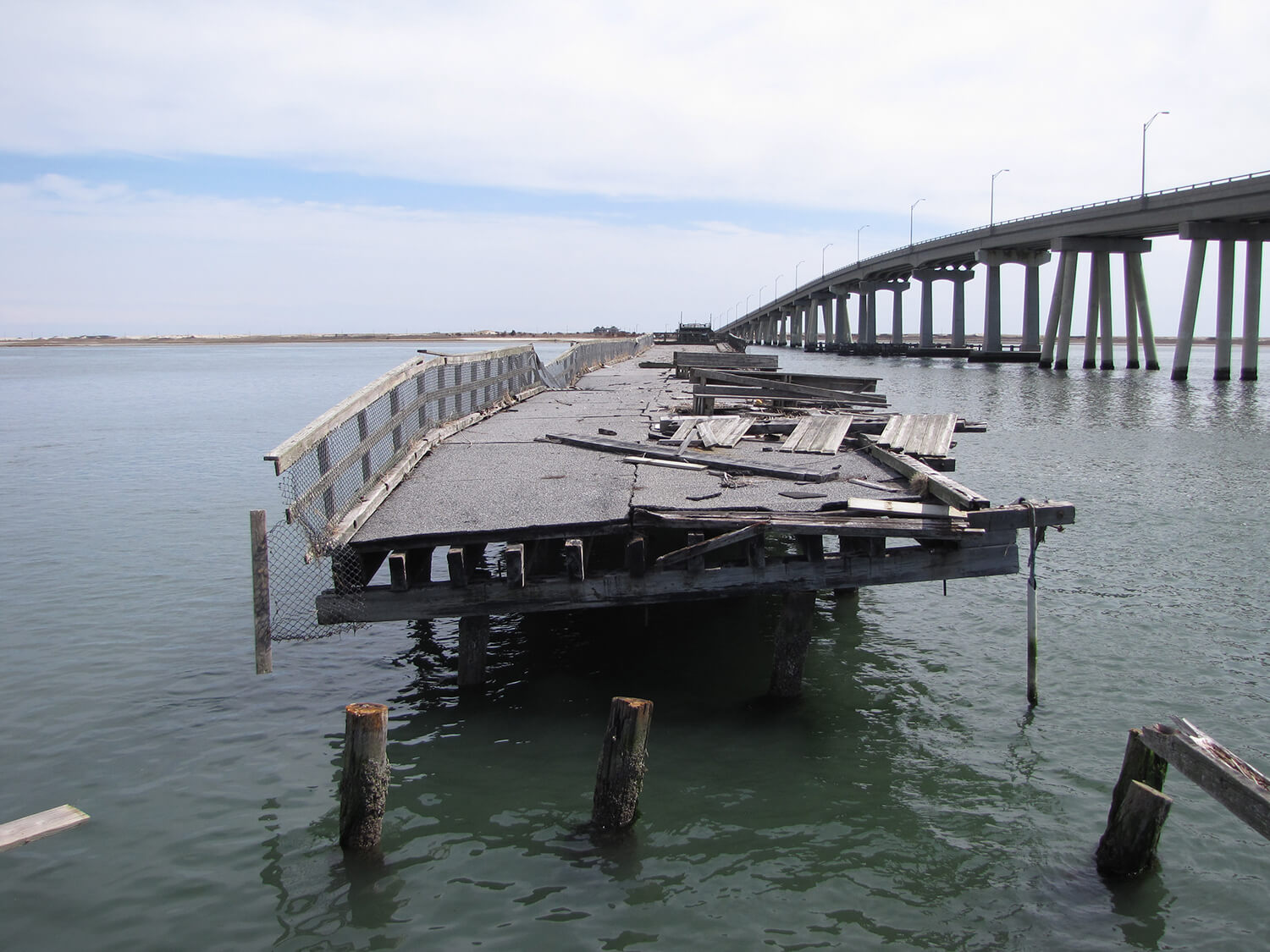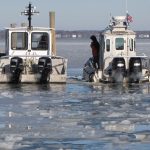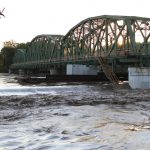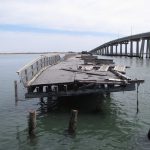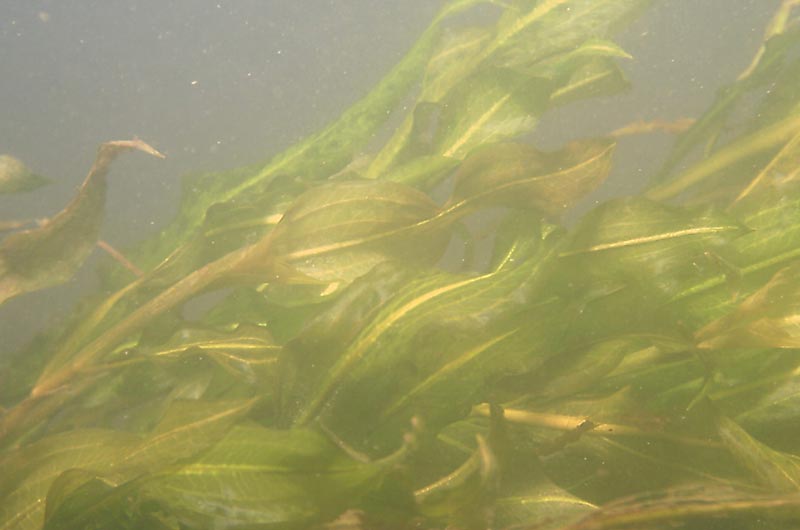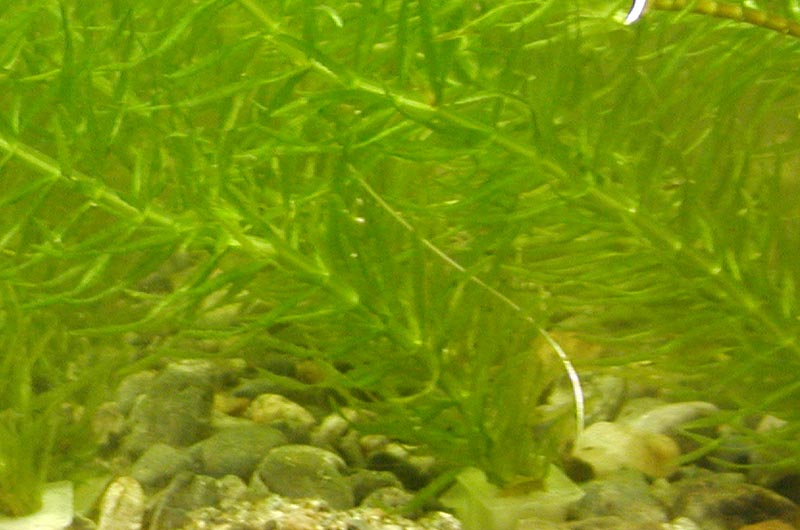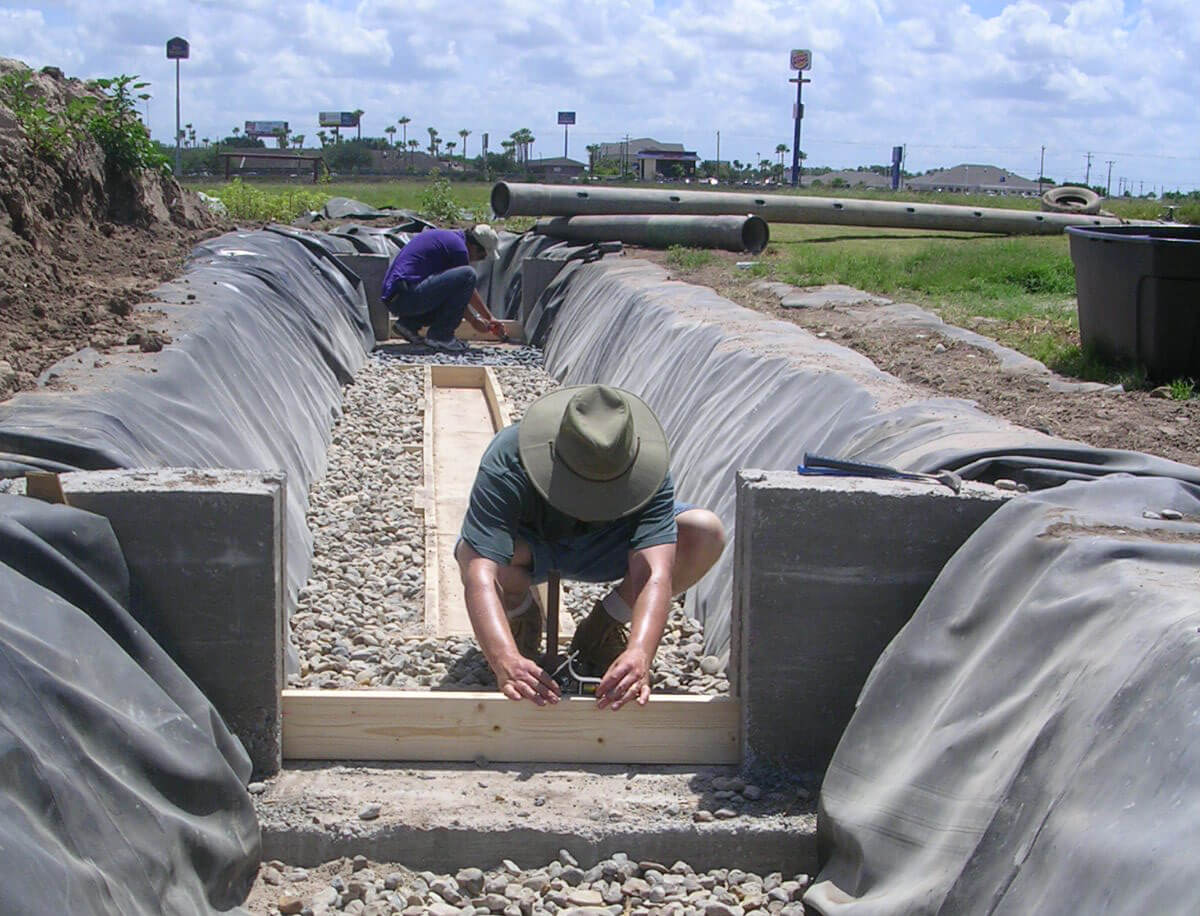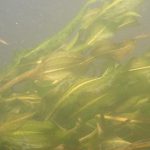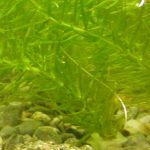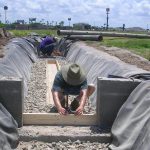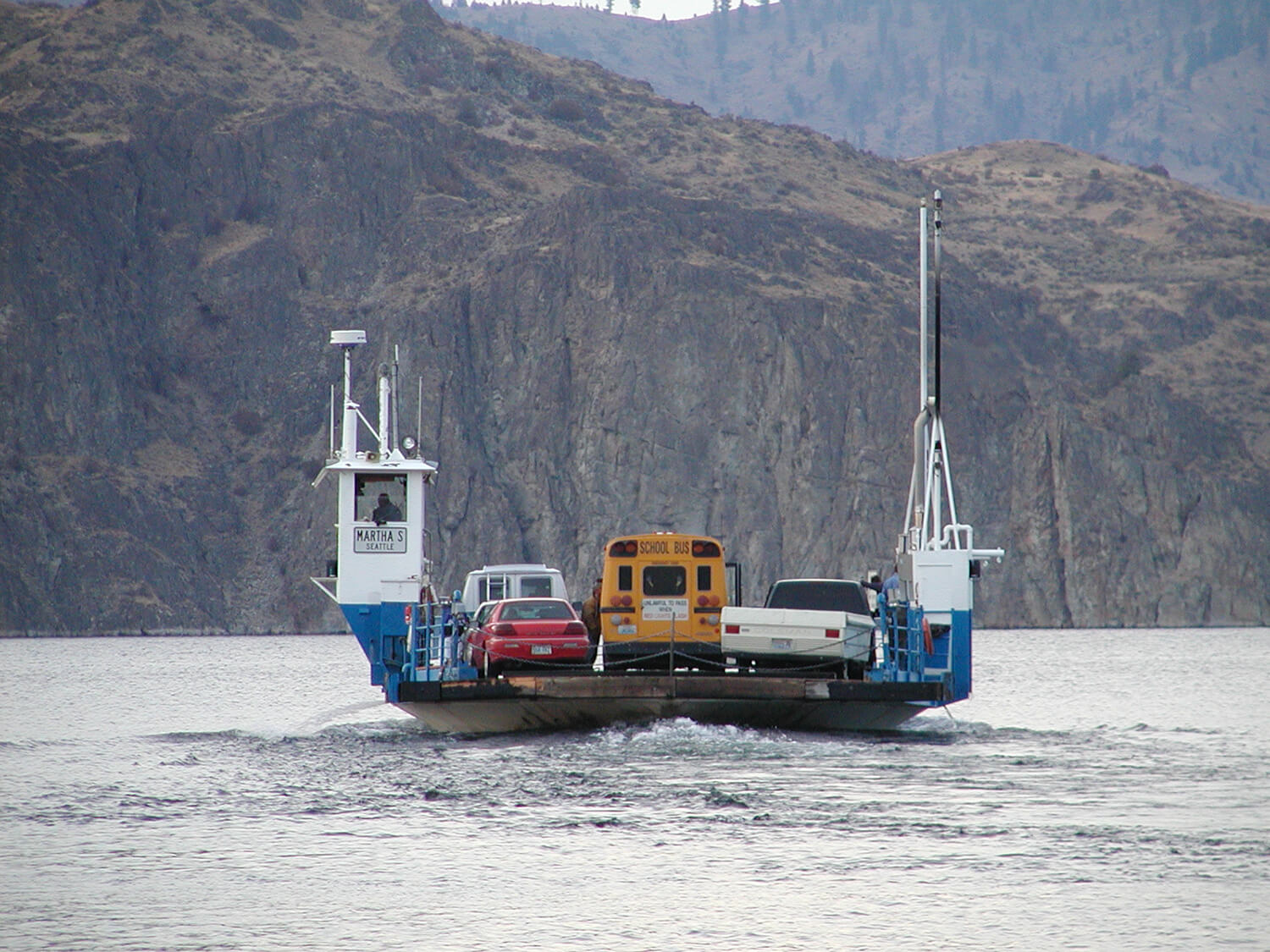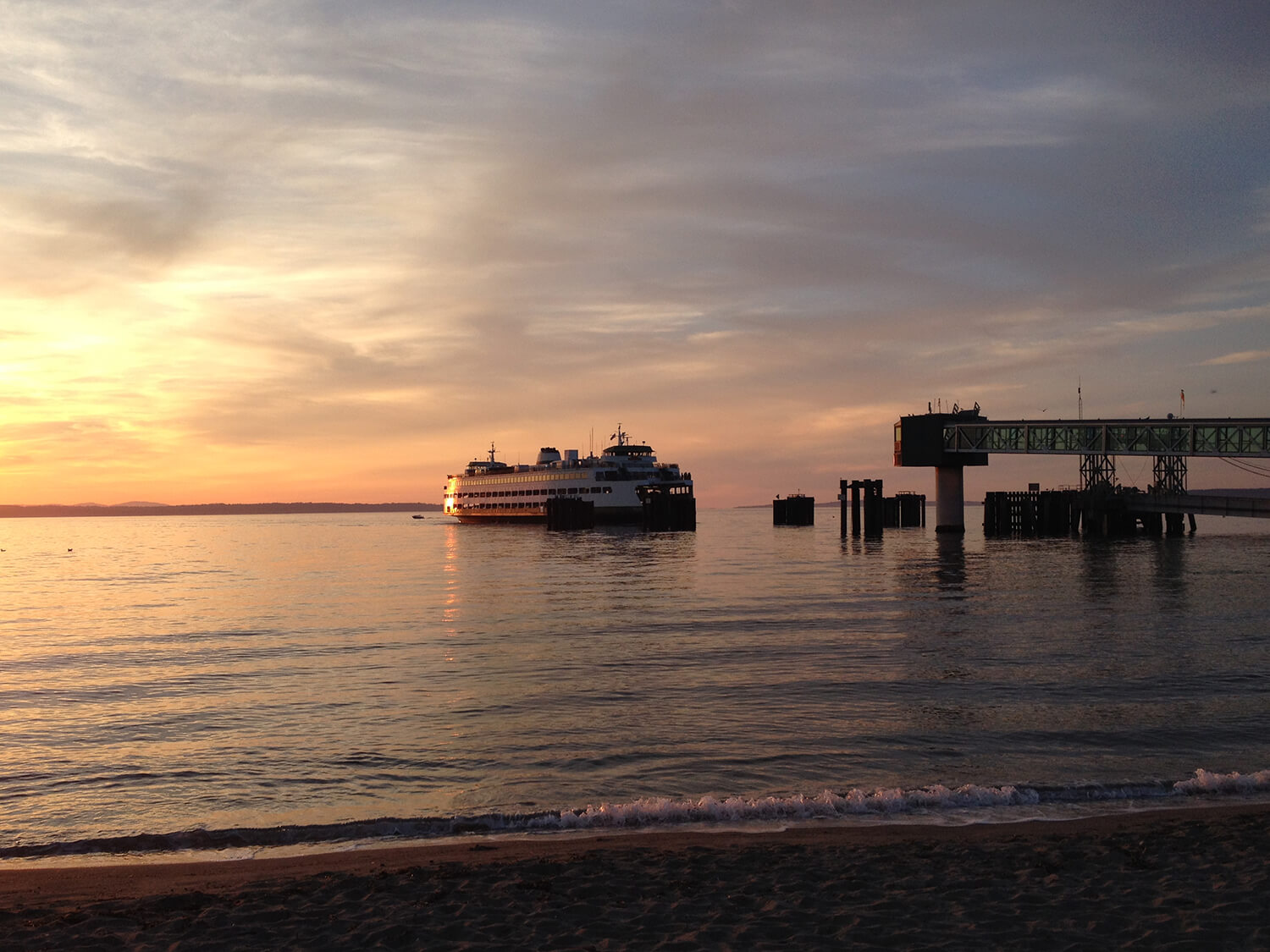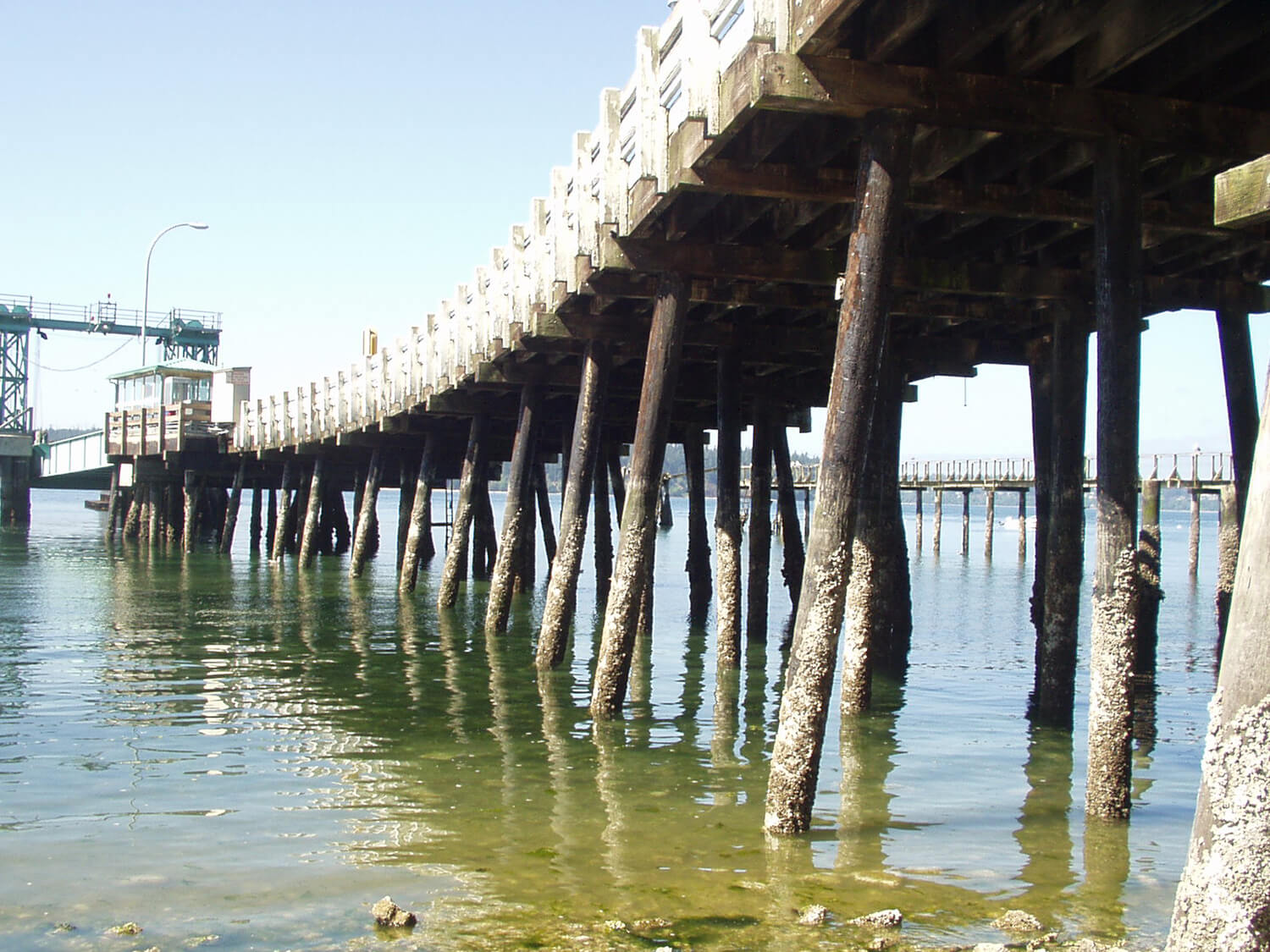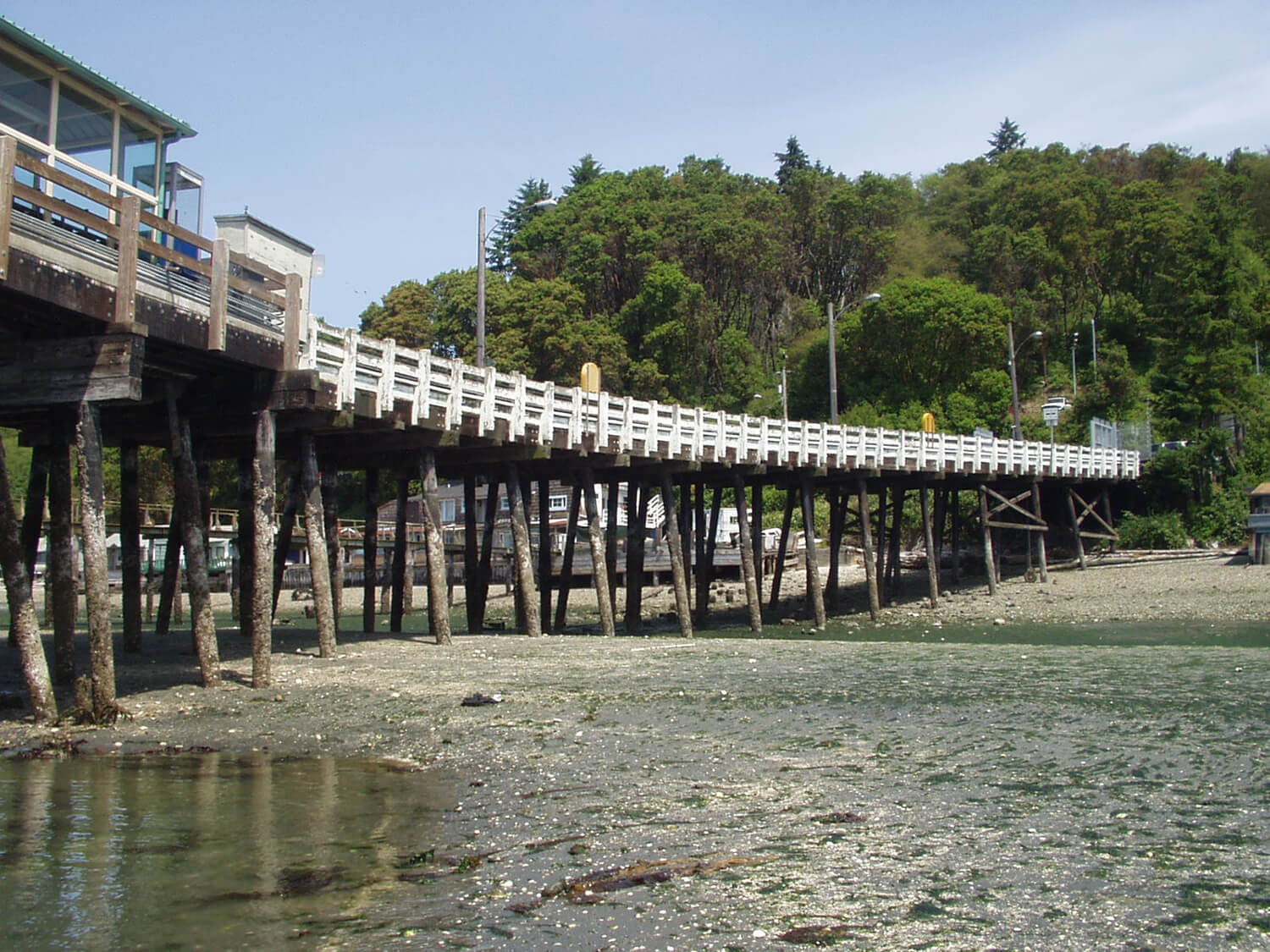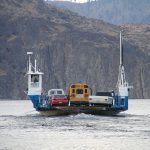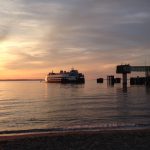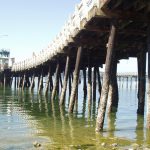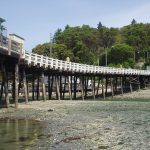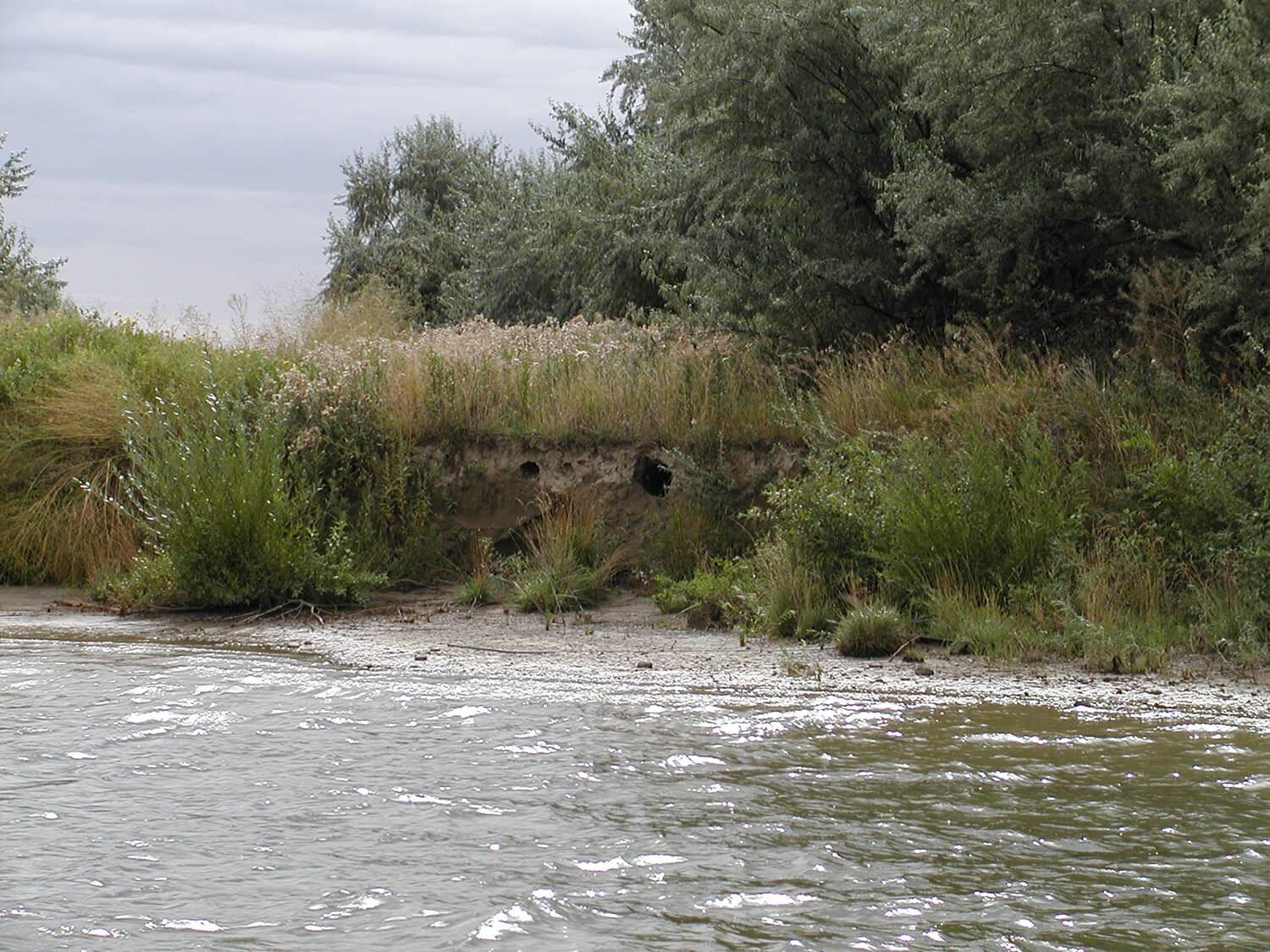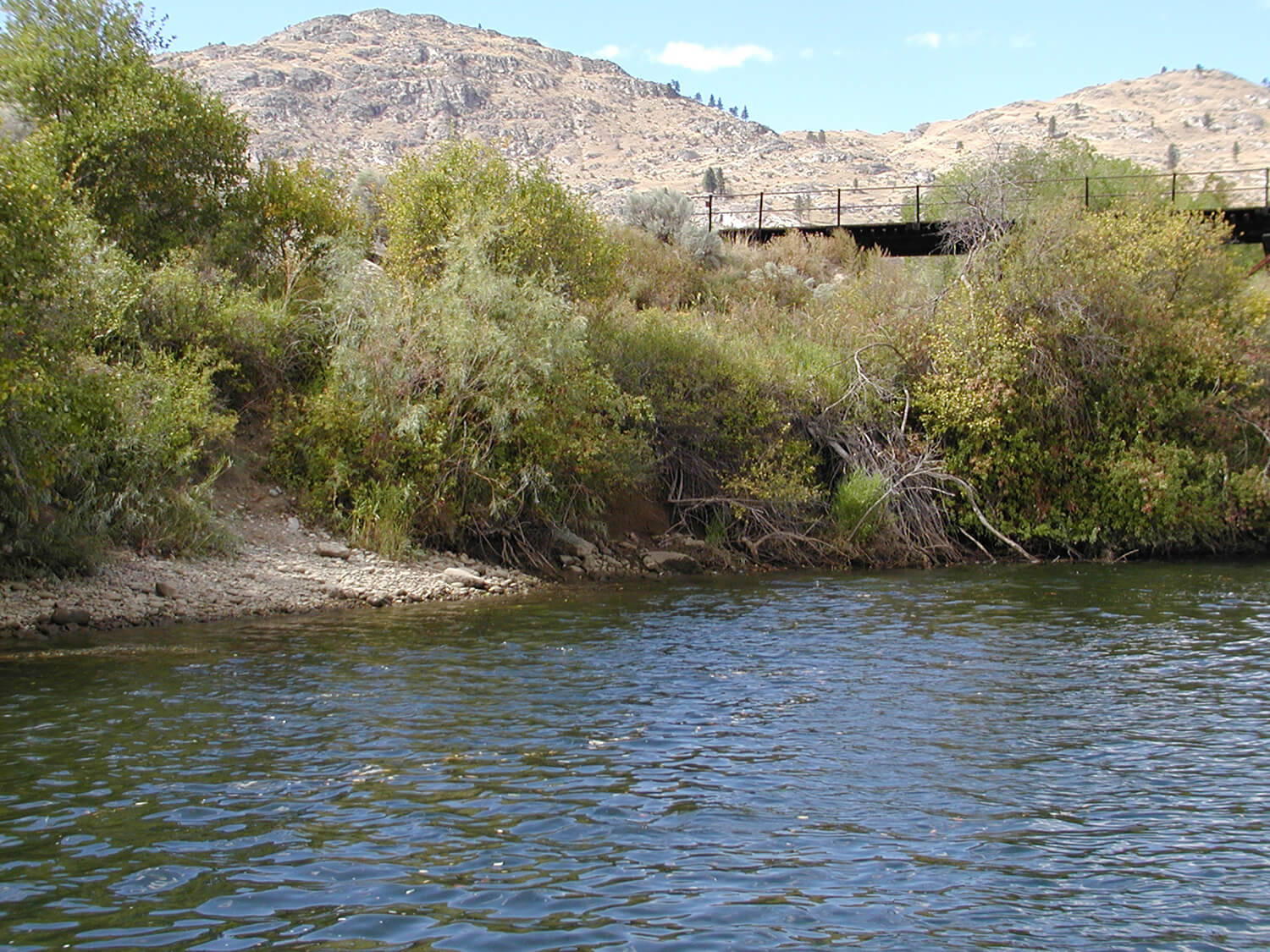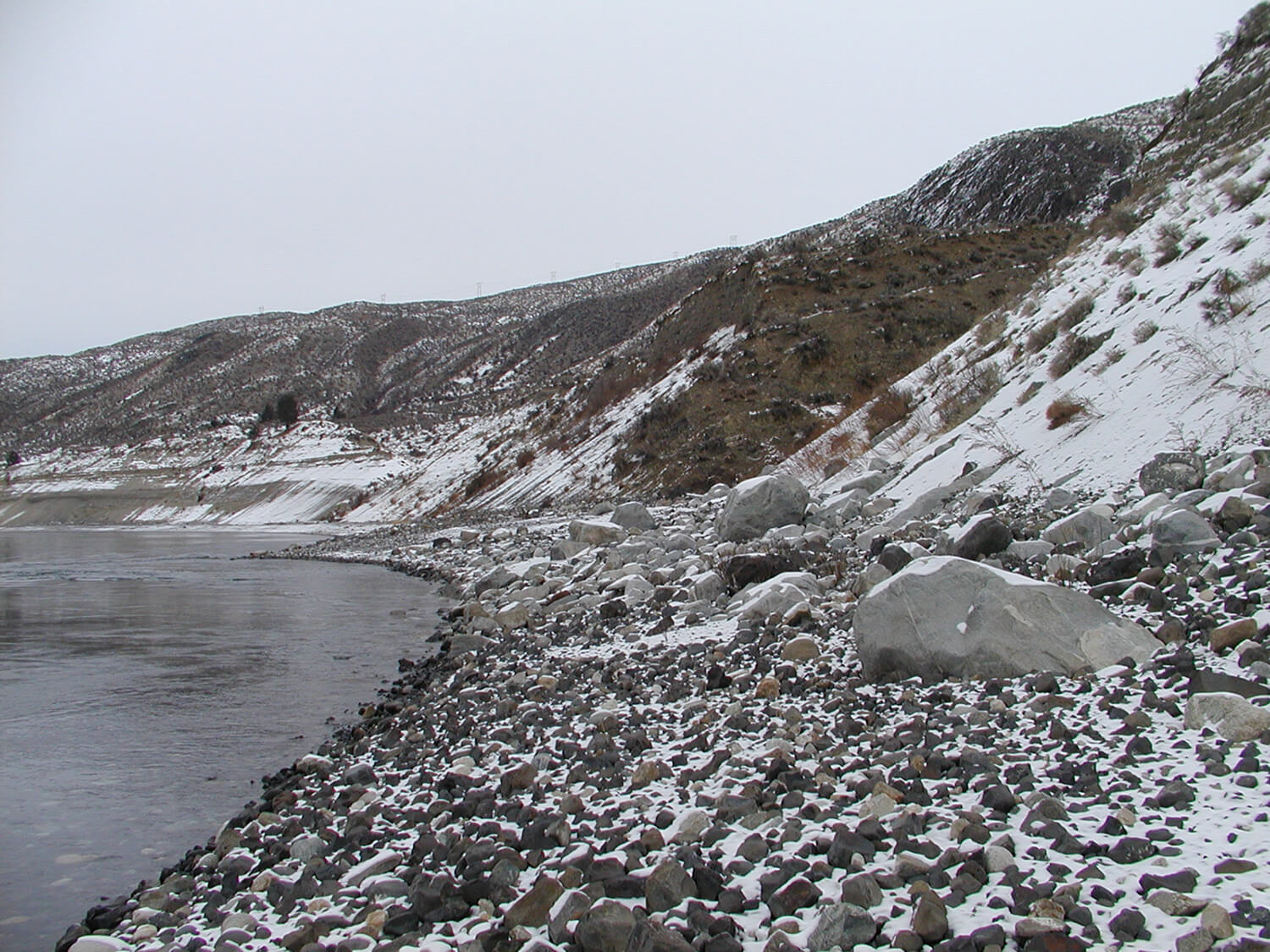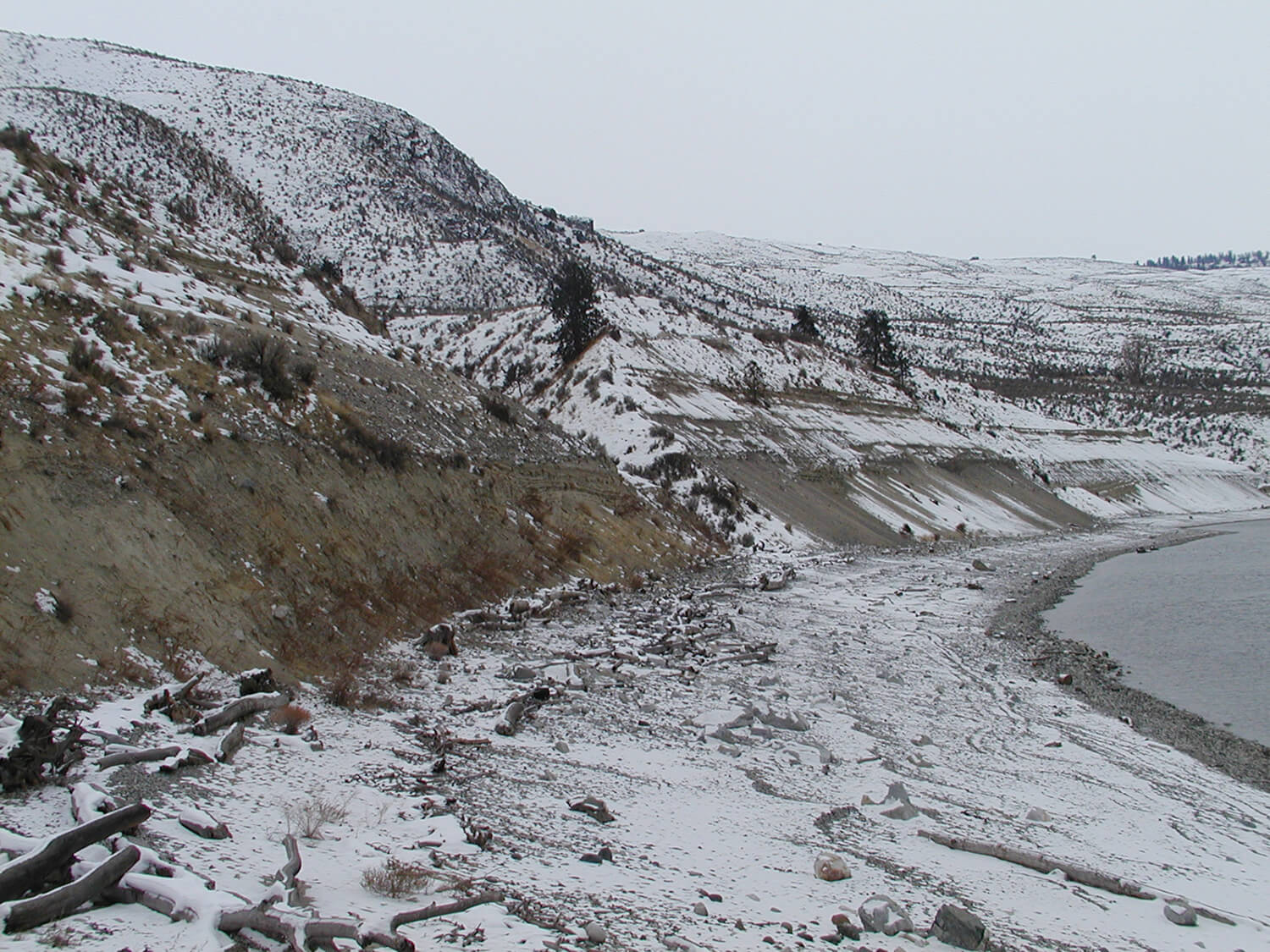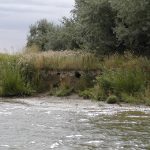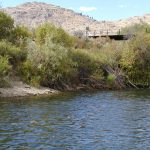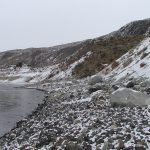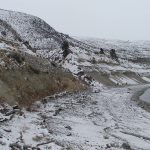Subject Matter Expert – Mississippi River Delta Barrier Islands
Dr. Demich served as the primary Subject Matter Expert for the Federal Emergency Management Agency (FEMA) on a $586 million arbitration case on the Mississippi River Delta Barrier Islands in Louisiana. After Hurricane Katrina, the State of Louisiana made a recovery claim to FEMA against the Federally declared disaster, seeking funding to improve the barrier islands. The claim was denied by FEMA, as ineligible under the enabling legislation (Stafford Act) the Code of Federal Regulations (CFR 44) and FEMA’s published policies. However, the Applicant (State of Louisiana) persisted in their claim and filed for arbitration.
Dr. Demich developed the original documentation and prepared the grant applications and supporting documentation for the fifteen islands addressed in the claim. This included researching the existence and condition of any improvements made on the islands, as well as the status of the Applicant’s maintenance program. Preparatory work also included a comprehensive literature review of the history of the Mississippi River Delta and its barrier islands. Dr. Demich’s extensive knowledge and expertise in coastal and wetland processes and sediment transport, as well as his in-depth familiarity with FEMA’s governing statute and regulations, contributed significantly to the success of FEMA’s case.
Having developed the documentation that made the initial determination of non-eligibility, Dr. Demich then worked closely with FEMA’s Attorneys, assisting throughout the preparation for and supporting the arbitration process—including testifying during the arbitration proceedings. The Arbitration Panel ultimately agreed with FEMA’s position in the matter and the case was decided entirely in FEMA’s favor.
Seattle Multimodal Terminal at Colman Dock – Washington State Ferries (WSF)
Mr. Demich provided Project Design Management services for WSDOT Ferries Division – Terminal Engineering: managing both the re-design and the construction phase design completion on this $466 million GC/CM project. The six-year construction project, currently in its final phase, includes replacing the 80+ year old timber trestle portion of Colman Dock, as well as the Terminal Building and portions of the operating structures. The new facility has an elevated Terminal Building along the west edge of the facility, serving millions of walk-on passengers each year. A new Entry Building—along the facility’s shared boundary with the new Waterfront Seattle Promenade—provides a connection to the Seattle waterfront, as well as a direct connection to the City core via the new Marion Street Pedestrian Bridge. An Elevated Pedestrian Connector over the Colman Dock provides walk-on passenger access to the new Terminal Building, as well as public spaces with views of Elliott Bay, the Port of Seattle and the City of Seattle.
Disaster Recovery and Planning
Mr. Demich has worked extensively with the Federal Emergency Management Agency (FEMA) over the last seven years, assisting with disaster recovery and planning efforts in Texas after Hurricane Ike, in Louisiana after Hurricanes Katrina, Rita, Gustav and Ike and in New York after Hurricanes Irene and Sandy. He has also worked in disaster recovery in Utah and California. He is well versed in the regulations and policies that govern FEMA’s funding of coastal and upland restoration projects and has recently completed documenting Louisiana’s claim for barrier island restoration.
Effects of Submerged Aquatic Vegetation on Open Channel Flow
It has long been known that vegetation in flowing channels has significant impacts on the flow regime. Invasive aquatic species such as Hydrilla verticillata have become a pervasive and nearly ineradicable part of waterways in the American south. In addition efforts to design flowing wetlands—both as treatment systems and as mitigation for damaged or destroyed natural systems—have been hampered by a lack of pertinent design methods. We conducted basic research designed to investigate the interaction of flow with aquatic vegetation and elected to conduct our studies using live aquatic vegetation. The work involved construction of test channels, both in the laboratory and at near field scale, cultivation of the necessary vegetative stocks and extensive testing under a range of hydraulic regimes. The research resulted in quantitative tools for estimating the impacts of vegetation on flow in irrigation canals.
Washington State Ferries Programmatic Planning Tools
Washington State Ferries (WSF) has fourteen aging timber trestles throughout their system in Puget Sound and the San Juan Islands. Most of these trestles have been in service for fifty years or more and are nearing or past the end of their effective lifespan. Although individual Master Plans had been developed for a few of the larger terminals over time, there had been no systematic effort to develop a planning process for WSF Terminals. Obelus Design Group was tasked with developing tools that could be used to develop such a process. The three main areas that were focused on were: predicting and modeling vehicle traffic queues; developing operational and architectural programs for ferry terminals and development of suitable design guidelines for passenger holding and handling areas.
Okanogan River Erosion Evaluation
Douglas County PUD#1—anticipating their upcoming relicensing application with the Federal Energy Regulatory Commission—required a methodology for estimating erosion on the shoreline of the Okanogan River. Mr. Demich developed a practical approach which combined computer-based comparison of historical aerial photographs with data from geological mapping of the area and field review of the affected areas. We then used this data and methodology to estimate erosion and identify property buy back requirements. This provided the client with a rational and equitable approach for keeping erosion on their property; Obelus Design Group (ODG) developed the protocols for this work and then performed the analysis and developed recommendations for every tract on both banks of 15 miles of river.

